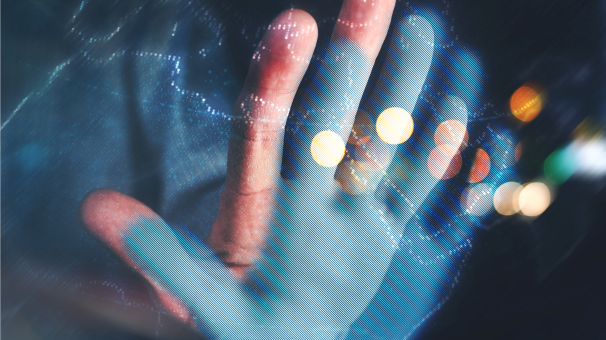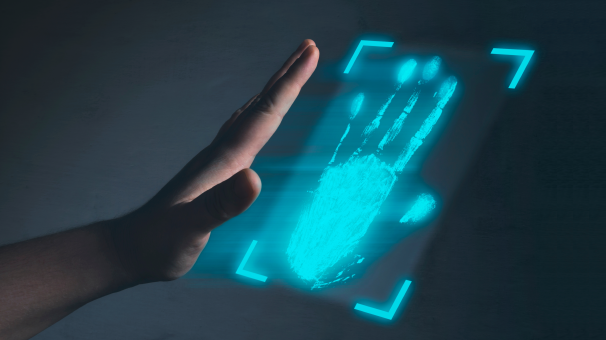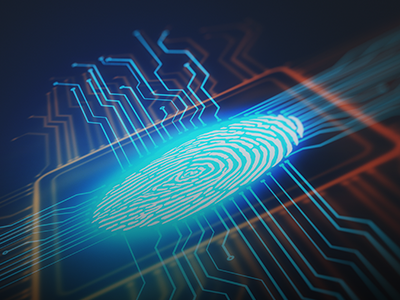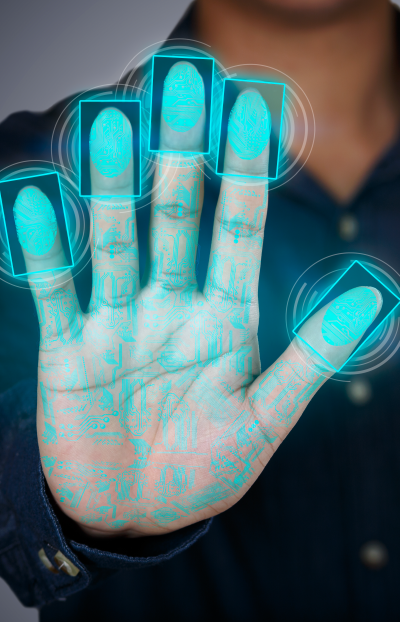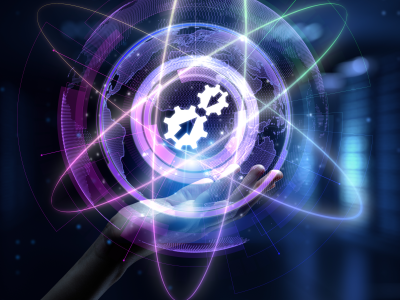Armatura palm algorithm Armatura
Added Successfully

Bi-modal palm recognition is an advanced biometric identification system that combines two modalities, visible light palm recognition and palm vein recognition to authenticate and verify individuals. It utilizes the unique characteristics of the palm, including its shape, texture and vein patterns, to provide enhanced accuracy and security.
Palm shape recognition analyzes geometric features such as size, curvature, and finger positions, while palm vein recognition captures the distinct vein patterns beneath the palm's surface. By integrating these modalities, bi-modal palm recognition systems offer a reliable and contactless solution for applications such as access control and identity
verification.
